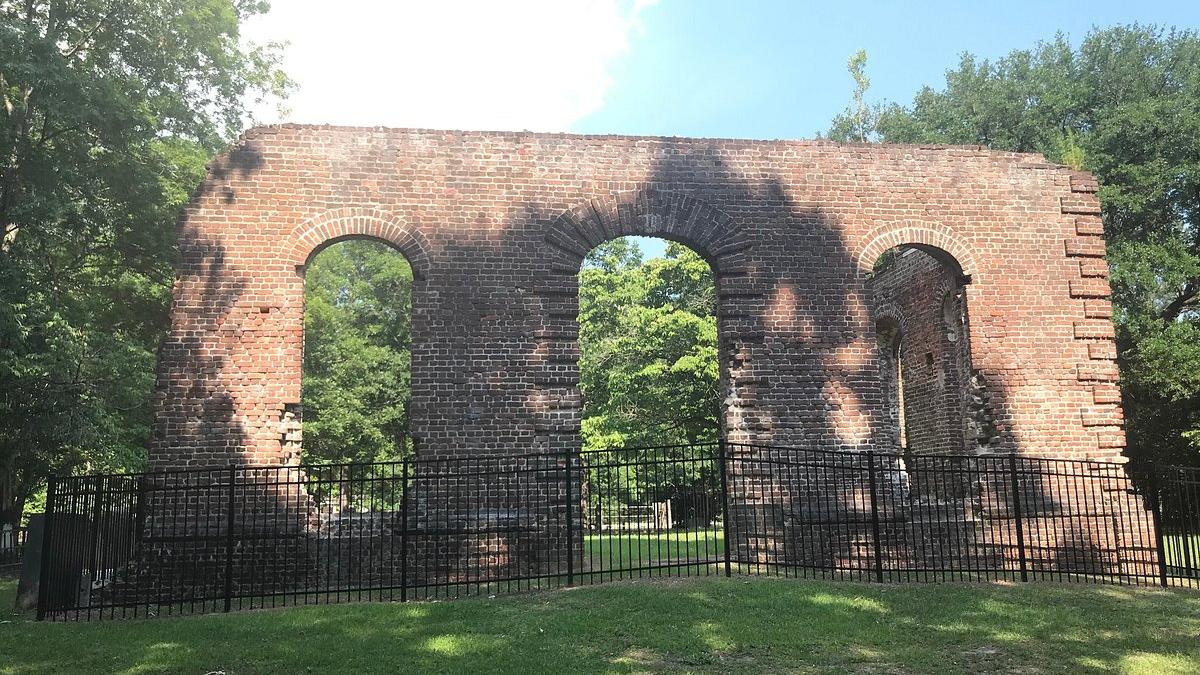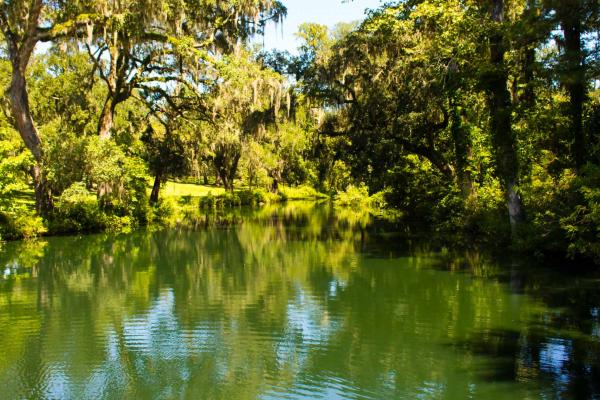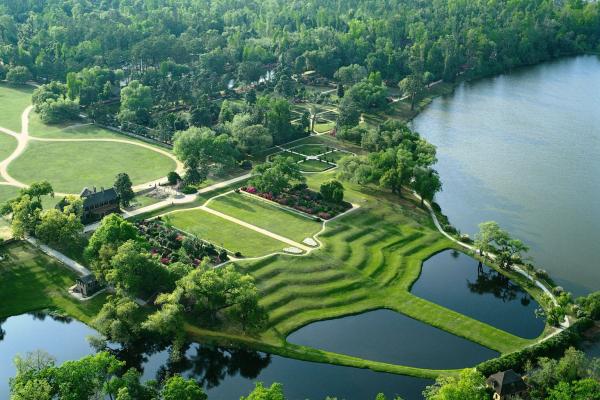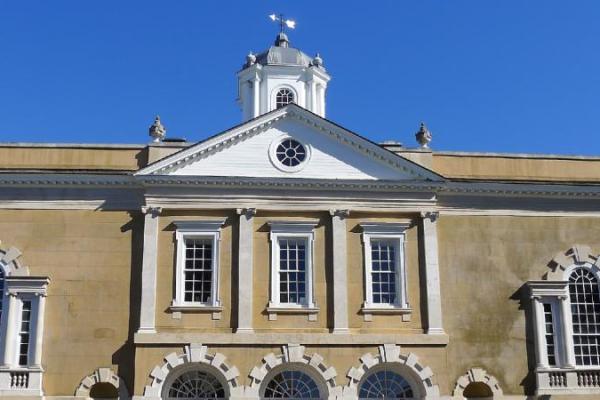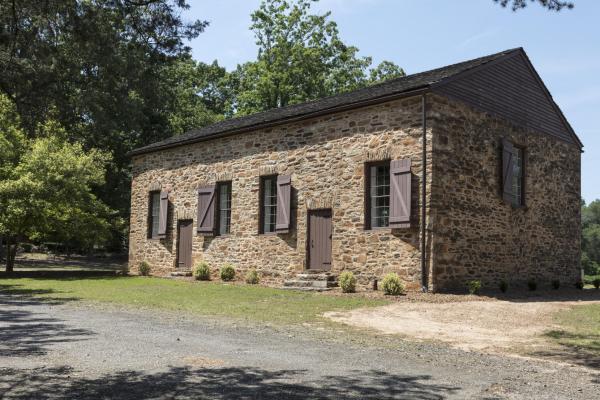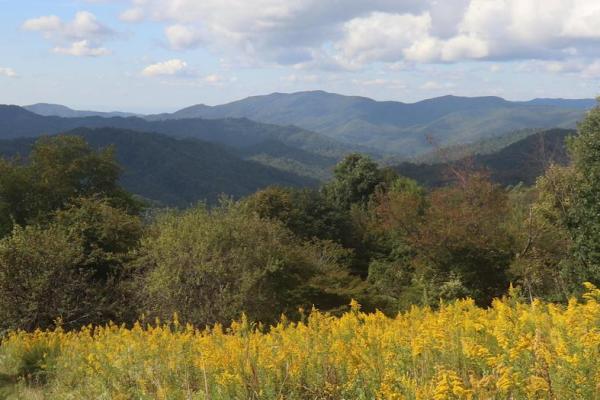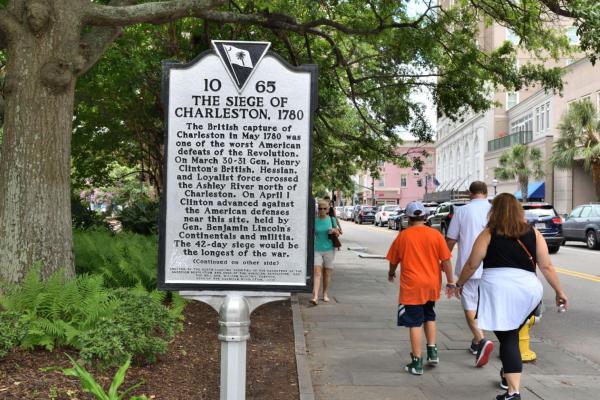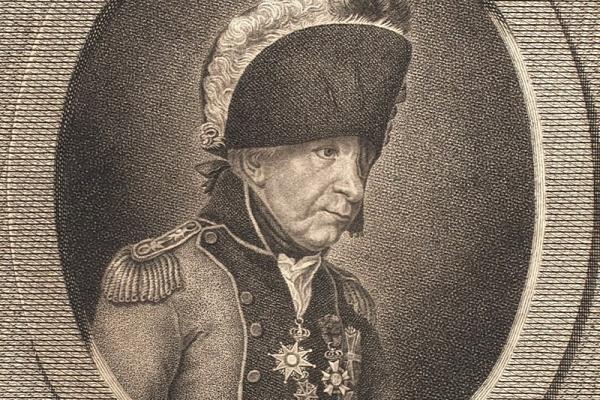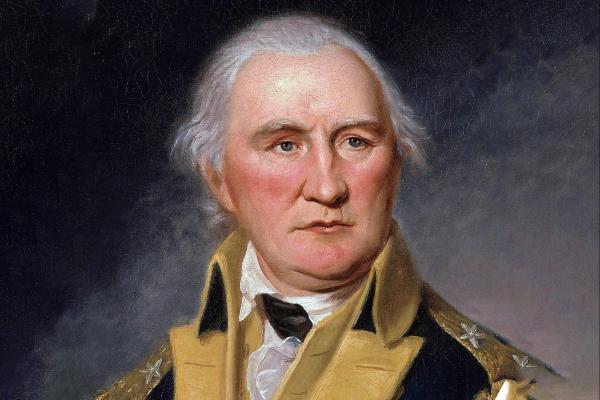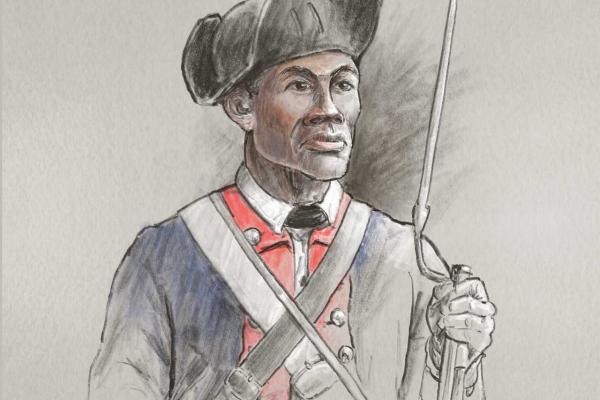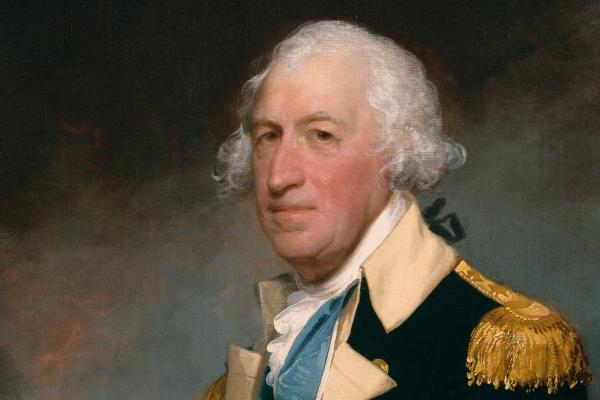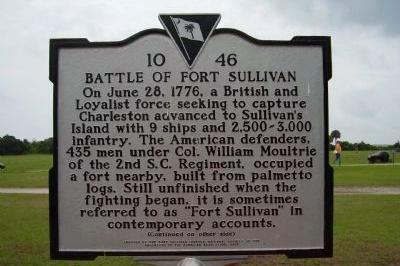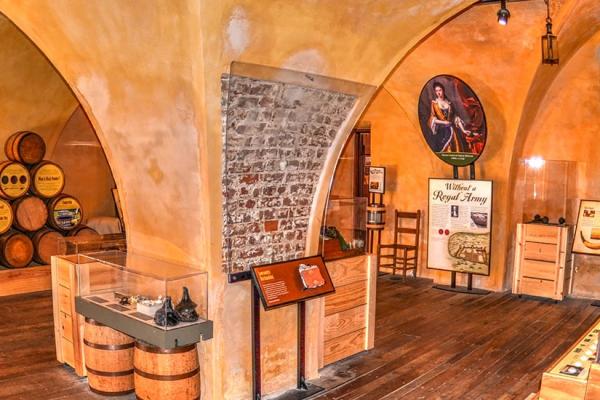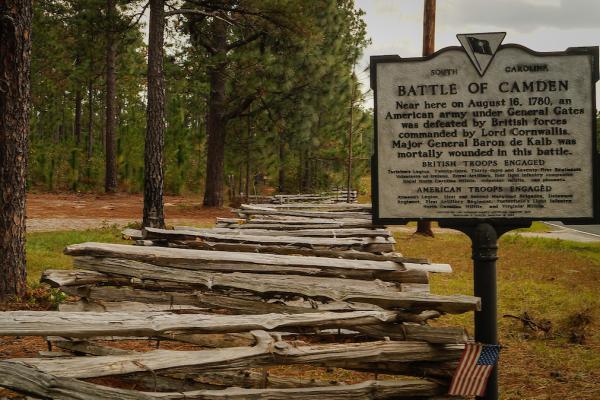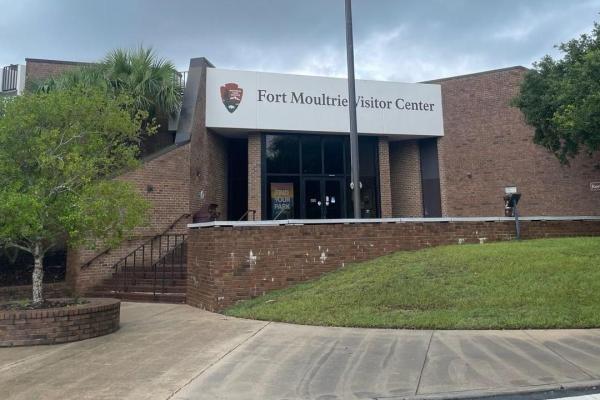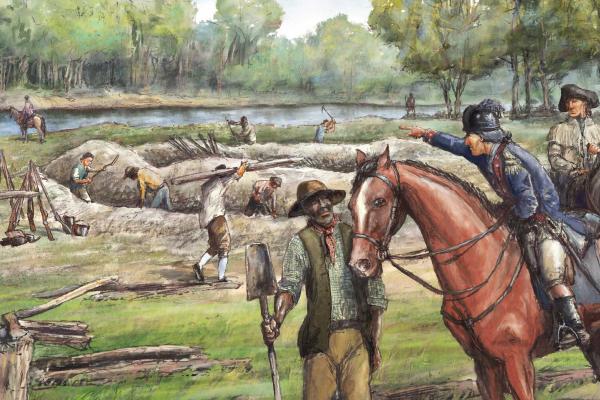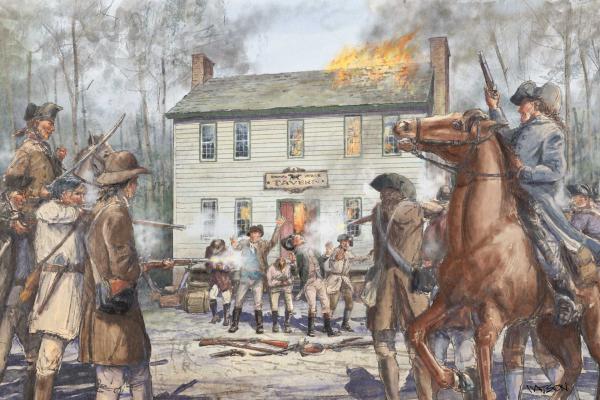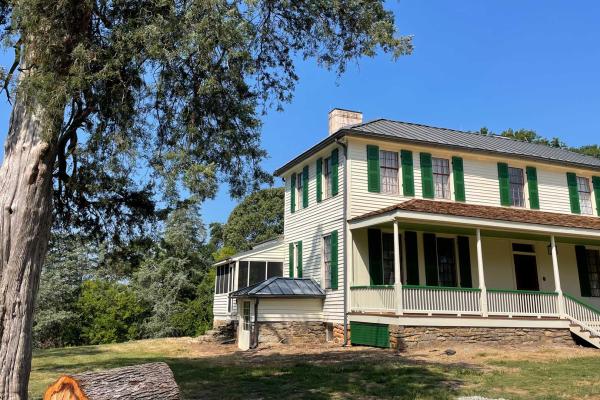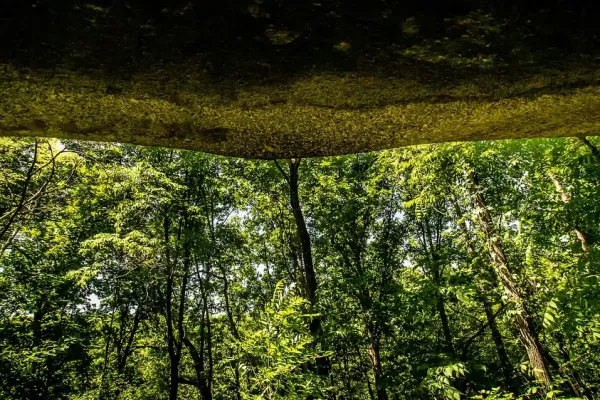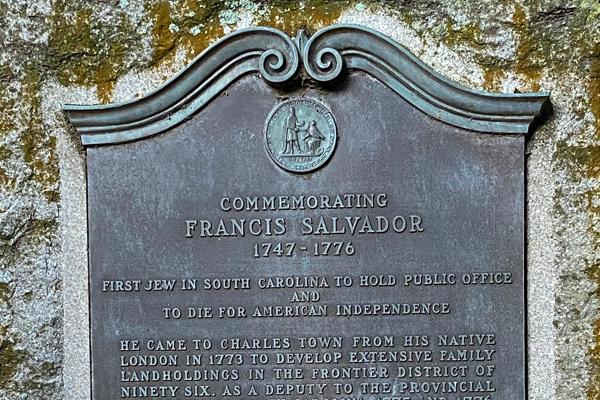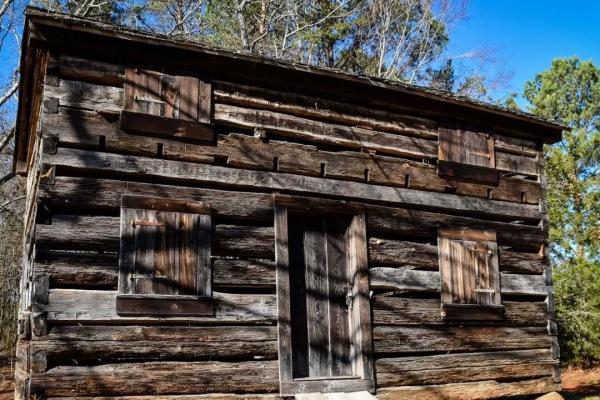Former Plantation of Henry Laurens: Merchant, Slave Trader, South Carolina Statesman, and Father of Revolutionary War Soldier John Laurens.
Middleton Place is America’s Oldest Landscaped Gardens and home to a signer of the Declaration of Independence.
In 1780, after the British occupied Charleston during the American Revolutionary War, the Brewton house was used as the British headquarters for Henry...
Eighteenth-century Moncks Corner was a crossroads settlement of stores and taverns at the intersection of the Cherokee Path (the Indian traders’ path)...
Completed in 1771, the Old Exchange Building is a Charleston landmark and the site of some of the most important events in South Carolina history...
Old Santee Canal Park hosts the Berkeley County Museum and Fort Fair Lawn, where in 1780, the British attacked the Patriot army stationed at Monck’s...
Nestled outside the traditional bounds of the South Carolina colony is the Presbyterian church where Andrew Pickens committed his time as an elder...
As part of their Southern Campaign, the British set their sights on taking the vital port of Charleston.
Liberty Trail History Makers
The Revolutionary War was a war unlike any other — one of ideas and ideals, that shaped “the course of human events. Explore the history and personalities from this pivotal time in American history.Johann Ewald, a Hessian captain, served in several significant Revolutionary War battles, including White Plains, Bound Brook, and the failed attack on Fort Mercer. He later fought at Yorktown, where he surrendered with the British forces. His detailed wartime diary and maps provide invaluable insights into his experiences in America.
Morgan’s main adversary was British Lieutenant Colonel Banastre Tarleton. Tarleton and Morgan’s forces faced each other at Cowpens in South Carolina on January 17, 1781. Morgan emerged victorious and secured his reputation as a skilled military tactician.
Thomas Carney was an African American soldier who fought in the Continental Army during the Revolutionary War.
At the Battle of Camden, British General Lord Cornwallis routed Gates’s army and captured nearly 1,000 men, including their supplies, baggage, and artillery. There was no organized retreat, and Gates rode near 170 miles north in three days to flee. It destroyed his reputation and his new southern army.
